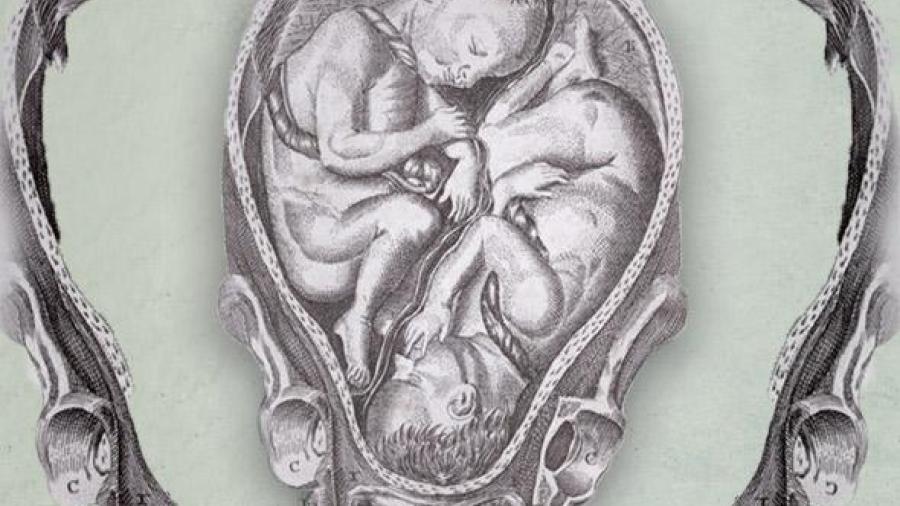
How the realities of biology complicate the 'personhood' movement
When biology and reproduction become political issues, we need to be sure that we understand the underlying science, argues Jane Maienschein, a Regents’ Professor in ASU’s School of Life Sciences and director of the Center for Biology and Society, in a Future Tense article for Slate magazine.
Specifically, Maienschein examines the “personhood” movement in the United States, which intends to prohibit abortions by legally establishing that the life of a human being “begins with fertilization, cloning, or its functional equivalent,” in the words of the proposed House Sanctity of Human Life Act of 2013. Against the backdrop of a biological and historical discussion of chimera – organisms that contain more than one completely distinct line of cells – Maienschein argues for the incredible complexity of human embryonic development. This complexity renders the details of the Sanctity of Human Life Act and similar attempts to establish early-stage developmental criteria for “personhood” confusing and sometimes nonsensical. For example, in the case of chimeras, if one twin absorbs the other in the beginning stages of development, is that twin guilty of homicide?
“We can hope that our legislative, judicial and executive governmental branches will learn enough biology so that they do not even consider legislation that makes little sense,” writes Maienschein. “Understanding what embryos are and how they develop is not just a theoretical matter – being inaccurate has consequences. Knowing the biology will not tell us how to act or what is right and good, but it will inform decisions so that they are not inconsistent with biological reality.”
To learn more about chimeras, genetic mosaics and whether chimeric people combined from two fertilized eggs should get two votes, read the full article at Future Tense.
Future Tense is a collaboration among ASU, the New America Foundation and Slate magazine that explores how emerging technologies affect policy and society.
Article Source: Slate magazine